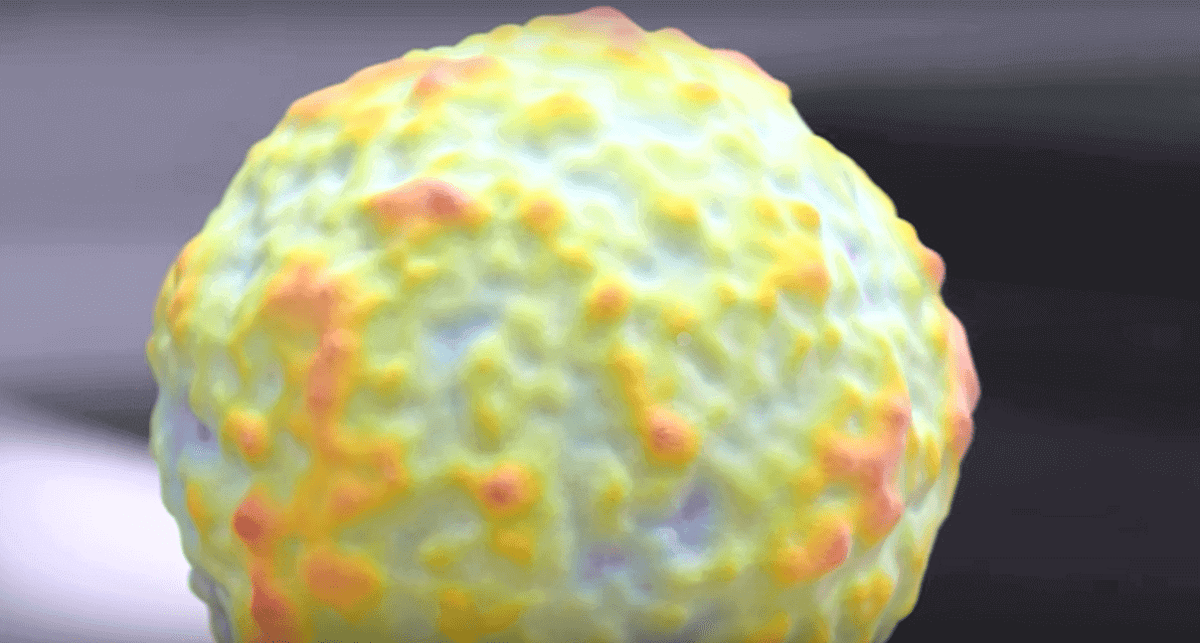Fancy 3D printing a “baby universe”, a map of the oldest light in the universe? Researchers at Imperial College London did exactly that.
Researchers at Imperial College London have created a 3D printable model of a cosmic microwave background (CMB). Being a generous gang of academics, they’ve also shared the files so you can make one at home.
If you’re unsure what exactly a CMB is, allow us to illuminate. It’s a glow that the universe has in the microwave range. Basically, it maps the oldest light in the entire universe, and now you can have it on your mantelpiece.
The CMB formed when the universe was a mere 380,000 years old, which makes it a kind of “baby universe”. Compared to the universe’s age of 13.8 billion years now, it’s relatively young.
Maps of the CMB are becoming increasingly detailed. They help astronomers learn about the universe in its early years and the structures which formed during this time, such as galaxies.
Watch the video below to hear Dr Dave Clements from the Department of Physics at Imperial explain more.
Baby Universe in the Palm of Your Hands
Although CMB maps are becoming more detailed, they are increasingly difficult to view and explore. Dr Clements and two physics students came up with a plan to 3D print it to help solve this problem.
Dr Clements explains:
“Presenting the CMB in a truly 3D form, that can be held in the hand and felt rather than viewed, has many potential benefits for teaching and outreach work, and is especially relevant for those with a visual disability.”
A 3D printed sphere can be made with many bumps and dips which represent the temperature of the baby universe. For example, Dr Clements points out that simply by using an isolated depression, an unusual CMB cold spot can be better represented.
He explained: “Differences in the temperature of the CMB relate to different densities, and it is these that spawned the formation of structure in the universe — including galaxies, galaxy clusters and superclusters.”
By 3D printing your own baby universe, you can appreciate the structure for yourself. The team has created one file for single-color prints and another which includes temperature differences represented in colors along with bumps. A range of printers can be used to print the CMB.
All files are free to download from Zenodo. To learn more, read the paper by Dr Clements which describes the process in the European Journal of Physics.
Source: Imperial College London

License: The text of "How to 3D Print Your Own Baby Universe" by All3DP is licensed under a Creative Commons Attribution 4.0 International License.